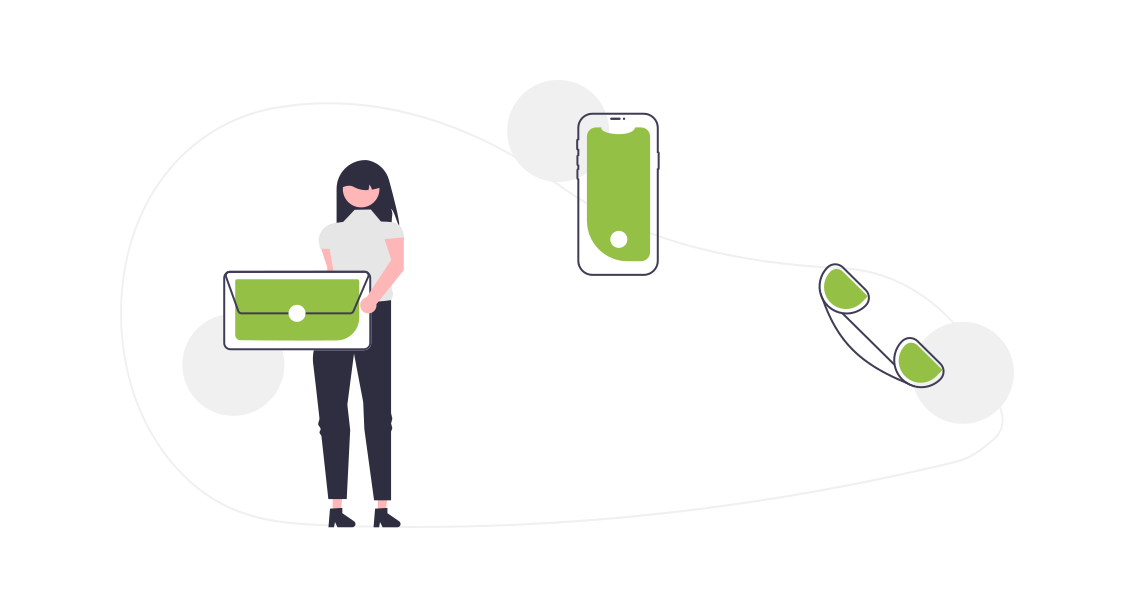
By Saeed Mirshekari
January 31, 2024


Access O'Mentors
Top Data Scientist Mentors from Fortune 500 Companies excited to help you out 1-on-1!
1️⃣ Explore freely
→
2️⃣ Apply confidently
→
3️⃣ Pay securely
→
4️⃣ Book instantly
Navigating the Waters of the First Data Science Technical Phone Interview
Introduction
Embarking on the journey into the realm of data science is an exciting yet challenging endeavor. As I took my first steps into this field, the technical phone interview stood before me like a formidable gatekeeper. In this blog post, I'll share the raw and unfiltered account of my very first data science technical phone interview, the lessons I learned, and how I plan to harness those lessons for future encounters. Let's dive in!
The Prelude
The anticipation leading up to the interview was palpable. Armed with a cup of coffee and a stack of notes, I dialed into the virtual meeting room. The interviewer, a seasoned data scientist, greeted me warmly, setting the stage for what lay ahead.
Lesson 1: Mind the Basics
The first question, seemingly innocuous, sent shockwaves through my nerves. "Can you explain what a p-value is?" My mind raced, and the silence on the line felt like an eternity. Mastering the fundamentals is not just a checkbox; it's the bedrock of data science. A p-value is not just a statistical term; it's a compass guiding decisions based on data.
Imagine you're analyzing the impact of a new website design on user engagement. The p-value determines whether the observed changes are statistically significant or just a result of random variation. In the business context, this could mean the difference between adopting the new design or sticking with the old one.
Lesson 2: Communicate Clearly
As the interview progressed, I found myself entangled in the intricacies of a hypothetical data analysis scenario. While I navigated the code, I realized the importance of clear communication. It's not just about finding the solution but articulating the thought process behind it.
Consider explaining your model's predictions to a non-technical stakeholder. Clear communication is not just about showcasing your technical prowess; it's about ensuring that your insights are actionable and understandable to those who may not have a background in data science.
The Pitfalls
Pitfall 1: Overlooking Soft Skills
Data science is not just about crunching numbers; it's about telling a story with data. In my interview, I focused so much on the technical aspects that I neglected the softer side of the equation. Balance your technical prowess with effective communication and storytelling.
Imagine presenting your findings to a group of executives. Your ability to convey the significance of your results and the impact on the business will heavily rely on your storytelling skills. Numbers alone won't capture their attention; it's the narrative that makes data memorable.
Pitfall 2: Ignoring Industry Context
The technical questions weren't just about algorithms and equations; they delved into real-world applications. I stumbled when asked about the implications of my solution in a business context. Understand the industry you're interviewing for.
Suppose you're working in healthcare, and you're tasked with predicting patient outcomes. Knowing the nuances of the healthcare industry is crucial because a model that performs well in finance might not be directly applicable. Your solutions should align with the specific challenges and objectives of the industry.
How to Bounce Back
Tip 1: Embrace the Learning Curve
Instead of dwelling on the moments I faltered, I chose to view them as opportunities to learn. Every question, whether answered perfectly or not, was a chance to grow. Embrace the learning curve; it's an integral part of the journey.
Think of learning a new algorithm as acquiring a new tool in your toolkit. Each tool has its purpose, and the more tools you have, the more versatile and effective you become in solving a variety of problems.
Tip 2: Seek Feedback
After the interview, I mustered the courage to ask for feedback. Understanding where I went wrong and how I could improve was invaluable. Don't shy away from seeking feedback. It's a crucial step in the iterative process of becoming a better data scientist.
Just like in a collaborative work environment, seeking feedback in data science is like having a code review. It's an opportunity to learn best practices, identify areas for improvement, and ultimately produce better and more robust solutions.
Tip 3: Continuous Improvement
Armed with insights from my first interview, I embarked on a journey of continuous improvement. I diversified my learning resources, engaged in mock interviews, and honed my storytelling skills. Treat each interview as a step toward mastery, and let the lessons guide your ongoing development.
Consider your journey in data science as an ongoing project. You collect feedback, iterate on your approaches, and constantly update your skills, just like refining a model to improve its performance over time.
Conclusion
The first data science technical phone interview was a rollercoaster of emotions and insights. It taught me that success is not just about the right answers but also about effective communication, understanding the business context, and continuous improvement. As I prepare for future interviews, I carry these lessons with me, knowing that each experience is a stepping stone toward becoming the data scientist I aspire to be.

Saeed Mirshekari
Saeed is currently a Director of Data Science in Mastercard and the Founder / Director of OFallon Labs LLC. He is a former research scholar at LIGO team (Physics Nobel Prize of 2017).